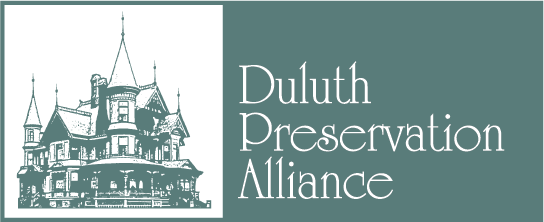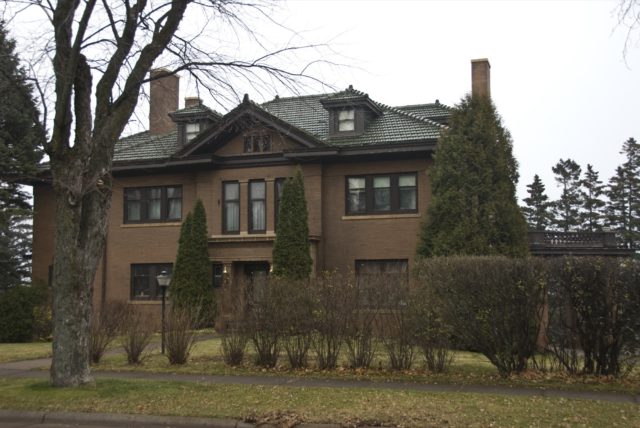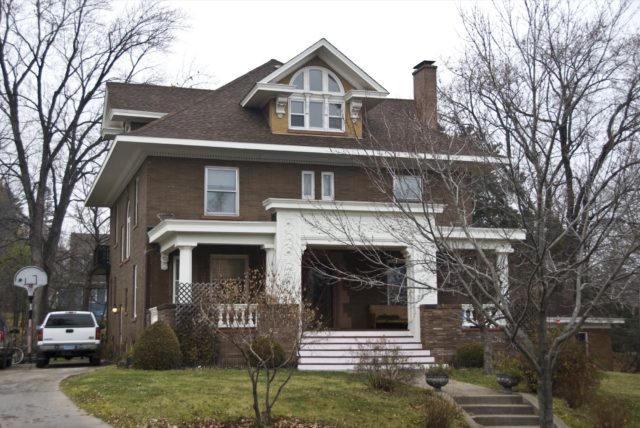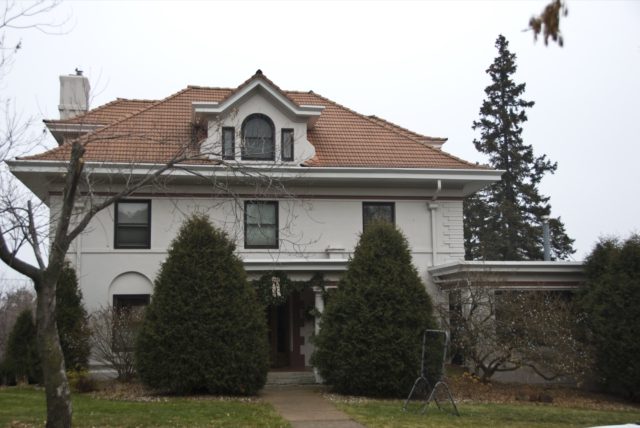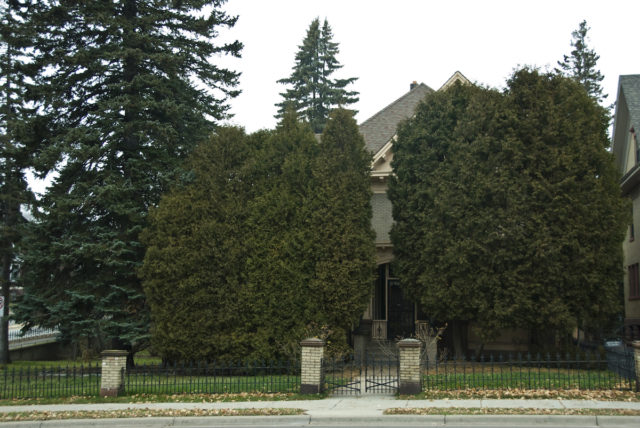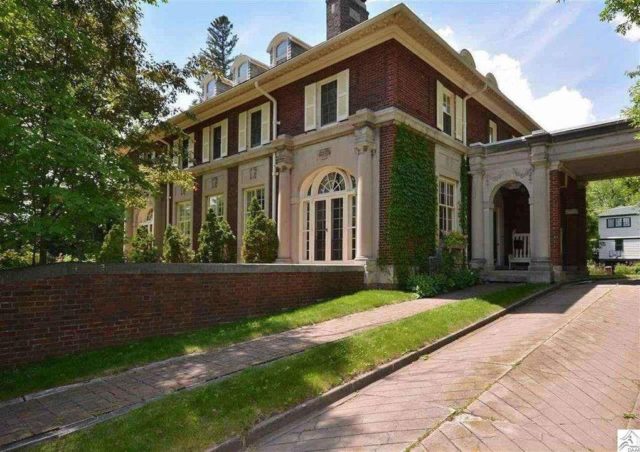The Duluth firm of Smith and Yokes took a page from the Prairie School book of architecture popularized by Frank Lloyd Wright and threw in some Classical Revival details for good measure. Smith and Yokes also designed four other East End homes, including two homes for the prominent Alworth family […]
Read MoreClassical Revival
124 N. 23rd Ave. E.
Another Bray and Nystrom cubic Four Square design with Classical Revival style elements in the tradition of I. Vernon Hill, the Moore House features four gabled dormers facing in each direction. From 1887 to 1938 Moore rose through the ranks of the American Exchange Bank, starting as a messenger and […]
Read More2230 E. 2nd St.
Bray and Nystrom gave this American Four Square home a Mediterranean feel by including Classical Revival details and stucco cladding. One of many grain brokers who called Duluth’s East End their home, George Spencer served as president of the Consolidated Elevator Company. In June of 1908 one of the company’s […]
Read More2105 E. Superior St.
This eclectic house displays influences of the Queen Anne, Colonial Revival, and Classic Revival styles. A native of Woodstock, Ontario, Captain Marcus Fay moved to Virginia, Minnesota, in 1894 to locate iron mines. His efforts helped rebuild the town after it was destroyed by fire in 1900, and in 1903 […]
Read More2425 E. 1st St.
Prominent Chicago and Boston architect Frederick Perkins turned to the Beaux Arts/Classic Revival style to inspire his look for the French House, one of six residences he designed for Duluth. French was president of the French & Bassett Furniture Company, first established in 1884. Many East End homes, including the […]
Read More